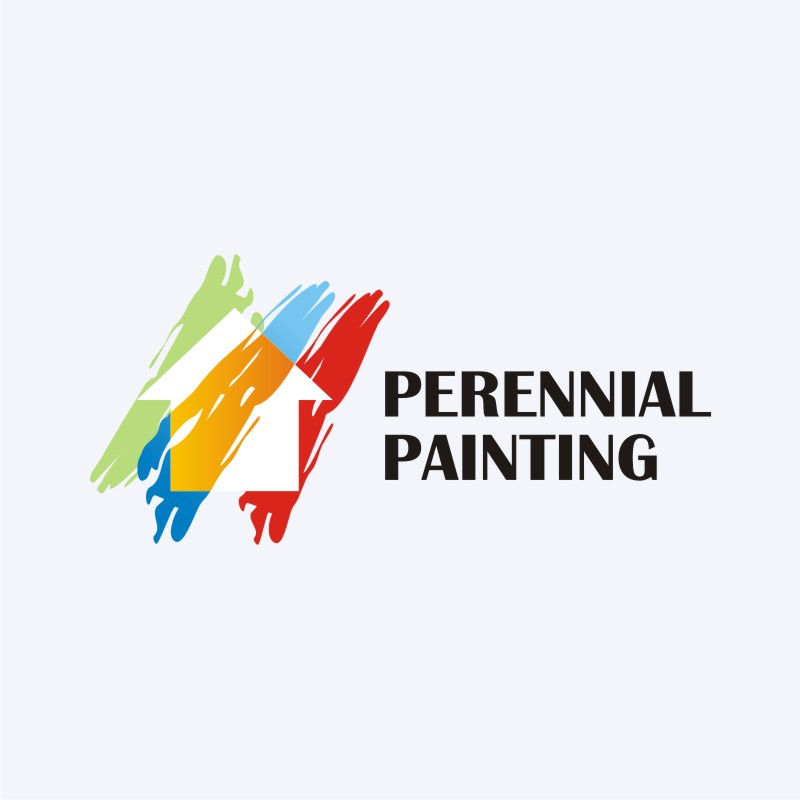Explore The Role Of Seasonal Factors In The Success Of Commercial External Painting And Discover The Best Times To Secure Lasting Results For Your Project
Explore The Role Of Seasonal Factors In The Success Of Commercial External Painting And Discover The Best Times To Secure Lasting Results For Your Project
Blog Article
Authored By-Aguilar Skafte
When you're preparing an industrial outside paint job, seasonal aspects can make or damage your results. You'll intend to think about exactly how temperature and humidity effect paint application and drying out times. Choosing the best period can ensure your paint sticks correctly and lasts much longer. However which seasons are truly the most effective for this type of job? Let's check out the crucial elements that can influence your job's success.
The Impact of Temperature on Paint Application
When you're intending a business outside painting project, the temperature level can considerably affect just how well the paint adheres and dries out.
Ideally, you wish to paint when temperature levels range between 50 ° F and 85 ° F. If it's also cold, the paint might not treat properly, bring about problems like peeling off or breaking.
On the flip side, if it's too warm, the paint can dry out too swiftly, protecting against proper adhesion and leading to an unequal coating.
You must also consider the time of day; morning or late afternoon offers cooler temperatures, which can be more positive.
Always examine the maker's referrals for the specific paint you're utilizing, as they typically supply assistance on the excellent temperature level variety for optimum results.
Moisture and Its Result on Drying Times
Temperature isn't the only environmental aspect that affects your business external painting task; moisture plays a substantial duty too. High humidity levels can decrease drying times drastically, influencing the general high quality of your paint job.
When the air is filled with moisture, the paint takes longer to cure, which can cause problems like inadequate adhesion and a greater threat of mold growth. If window painting services on an especially moist day, be prepared for prolonged wait times between coats.
It's essential to monitor local weather and plan accordingly. Preferably, aim for moisture degrees in between 40% and 70% for ideal drying out.
Keeping these consider mind ensures your task remains on track and delivers a long lasting finish.
Best Seasons for Commercial Outside Paint Projects
What's the very best season for your commercial external painting jobs?
Springtime and early fall are generally your best bets. During these periods, temperatures are light, and humidity levels are frequently reduced, developing ideal conditions for paint application and drying.
Avoid summer's intense heat, which can cause paint to completely dry too promptly, resulting in inadequate adhesion and finish. In a similar way, wintertime's chilly temperature levels can prevent proper drying out and curing, running the risk of the durability of your paint job.
Go for days with temperature levels in between 50 ° F and 85 ° F for ideal results. Remember to examine the neighborhood weather report for rain, as wet conditions can spoil your job.
Planning around these elements ensures your paint job runs smoothly and lasts much longer.
Final thought
To conclude, intending your industrial external painting jobs around seasonal factors to consider can make a substantial difference in the end result. By organizing impression painters throughout the excellent temperature levels and moisture degrees, you'll make certain much better adhesion and drying times. Remember to keep an eye on neighborhood weather forecasts and pick the correct time of year-- springtime and early autumn are your best bets. Taking these steps will help you achieve a sturdy and expert finish that lasts.
